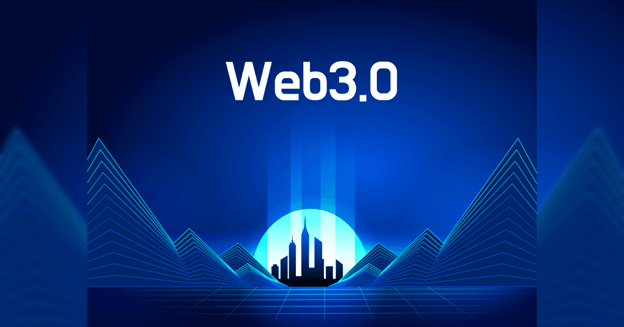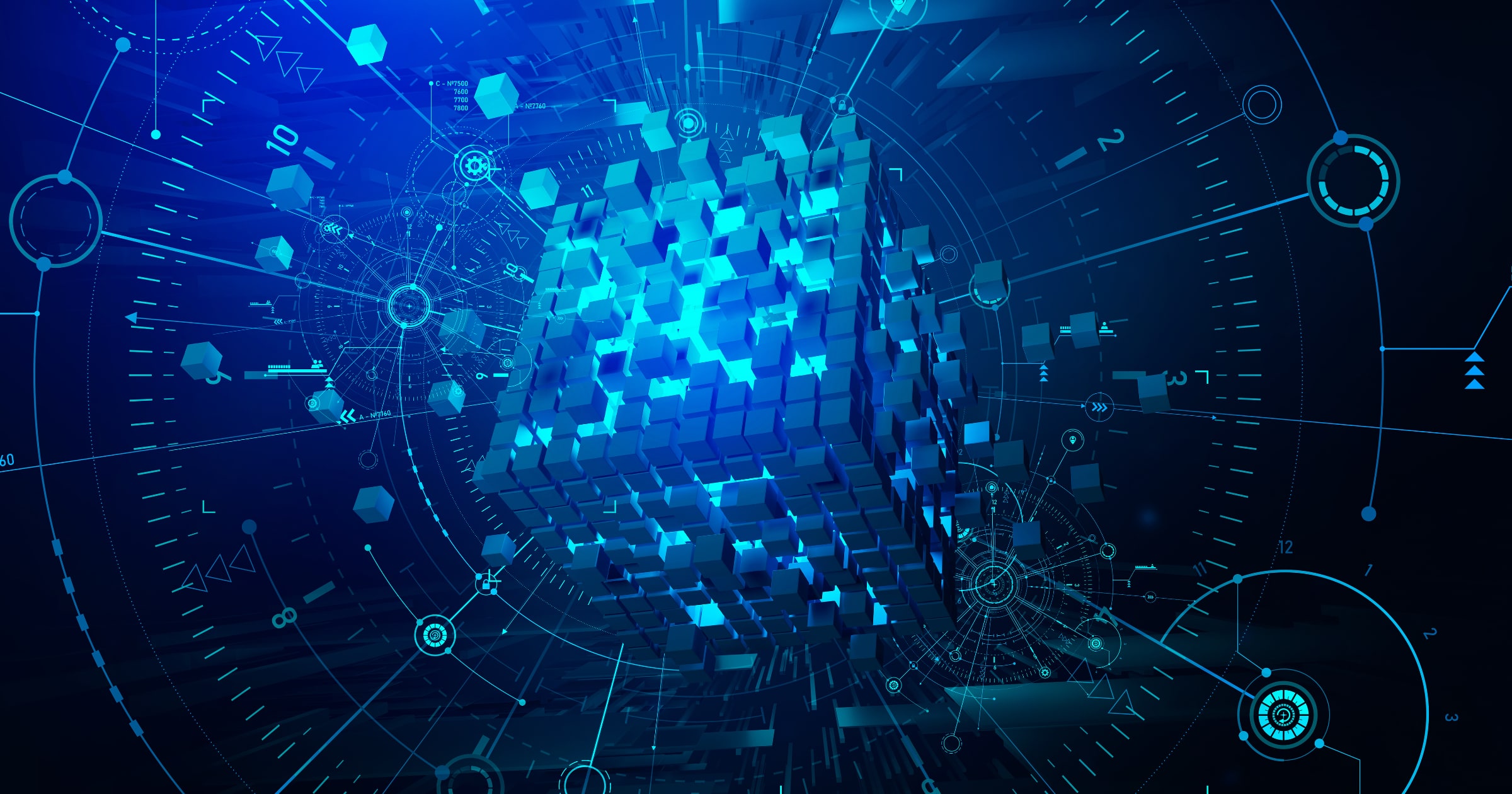Web3: the new, decentralized Web

The new decentralized web is referred to as web3. As more and more individuals grow weary of the current centralized internet, this movement has gained momentum in recent years.
We’ll examine several crucial technological applications of Web3 and some important advantages of Web3 in this article.
What is Web3?
In a nutshell, Web3 is an idea for a decentralized internet that supports new economic and social models. It is built on blockchain technology. It’s a brand-new method of accessing the internet that is significantly safer and less vulnerable to censorship.
The web or World Wide Web is the base layer for gaining access to the internet. You utilize it to log into all other websites and services. Tim Berners-Lee developed the initial version of the web in 1989, which was a significant advancement over the earlier system, which was based on text-based bulletin boards.
The “dotcom boom” years were the second generation of the web. Websites featuring multimedia material, like photographs and movies, first appeared during this period. Additionally, it witnessed the launch of social networking websites like MySpace and Friendster.
Web3, or “the decentralized web,” is the third generation of the internet. At this point, blockchain technology is being used to build a more secure and censorship-resistant internet.

What is Decentralization?
Decentralization serves as the foundation of Web3.
Imagine a scenario in which developers did not govern internet access, a setting in which companies wouldn’t need to worry about centralized authority and could conduct themselves very differently. This is the web3 environment.
One of the fundamental aspects of this new internet that gives it its power is decentralization. In a decentralized network, a central authority cannot censor or control information.
This is a significant shift from the current internet, monopolized by a small number of large corporations. In web3, internet users have less control. Instead, it is based on a collection of tools that take advantage of decentralized blockchains.
Ethereum is the decentralized blockchain that is best known. Decentralized applications can be created on the Ethereum platform, and these programs are not governed by a centralized authority but run on a decentralized network of computers.

Decentralization is a fundamental component of web3 since it increases the security and resilience of the new internet. There is no single point of failure when there is no centralized authority, making it much more difficult for hackers to bring the entire system to a halt.
It offers a variety of other advantages, such as improved privacy and transparency. All data is kept on a public ledger in a decentralized network, and this implies that everyone can view the system’s operation and the data that is being stored.
What is the Difference between Web 3 and blockchain
What does the word “Web3” actually mean? You may have recently heard it used frequently. What advantages does it have over conventional online platforms, and more importantly, what?
One of the main benefits of web3 is that it enables more anonymous and secure transactions, which is perfect for companies and customers who wish to protect the privacy of their customers’ personal information. Additionally, it does away with the requirement for central authority or middlemen, which can help firms save time and money.
Additionally, compared to conventional online platforms, web3 platforms are typically more user-friendly and simpler to operate. This is because they are created to be as user-friendly as possible, making them perfect for folks unfamiliar with the internet’s technical parts.
What distinguishes blockchain from web3, then? Because web3 platforms are constructed using blockchain technology, asking what distinguishes web2.0 from the internet is equivalent. Web 2.0 overlays on top of the internet, whereas the internet describes network technology. Similarly, web 3.0 is the next step in this procedure.
What are the applications of web3?
Web3 is a revolutionary technology that will favorably impact many facets of life.
What applications might you, therefore, anticipate seeing as Web3 develops? Here are a few illustrations:
- Decentralized Application(dApps):- Instead of using a centralized server, these applications operate on a decentralized network. As a result, they are immune to censorship and cannot be blocked by authorities or other organizations.
- Distributed Storage:- Data can be saved using Web3 on a distributed network instead of a centralized server. Data is now significantly safer and harder to hack into or steal.
- Decentralized Exchange:- Exchanges that don’t depend on a third party to handle your funds are known as decentralized exchanges. They are hence significantly safer and more reliable than conventional exchanges.
- Decentralized identity:- You have total control over your identity using Web3. This implies that no one else may steal or abuse your personal information.
- Decentralized Autonomous Organisations (DAOs):- DAOs are organizations managed by code rather than humans. As a result, they are far more efficient and transparent than traditional organizations.
The Challenges of Web 3 application Implementation
Consider a world where you have greater control and ownership over your data. A world in which you can interact with your favorite websites and applications without worrying about your data being stolen or compromised. This is the Web3 world, the new decentralized web.
However, as with any new technology, there are challenges to adoption and implementation.
Scalability is one issue. The network may become congested as more people use web3 applications, resulting in slower transaction times and higher fees.
Another issue is security. There is no central authority to oversee or regulate activity because web3 is based on decentralization. This makes it more difficult to find and prosecute criminals who use web3 to commit fraud or other crimes.
Finally, there is the issue of usability. Many people are unfamiliar with decentralization and blockchain technology, so they may struggle to understand how to use web3 applications.
Despite these obstacles, web3 can potentially change how we interact with the internet. Web3 has the potential to create a more democratic internet for everyone by giving us more control over our data and increasing transparency and security.
That is the Web3 world. It’s a decentralized internet that gives users more control and ownership over their data. And, because it is decentralized, there is no single point of failure. Web3 interoperability means that you can use it regardless of your platform or application.
Web3’s increased functionality is accompanied by increased adoption, and we already see some amazing things on the web as a result of this revolutionary technology.
Web3 is changing how we interact with the internet and opening up a world of new possibilities, from DAOs to DeFi.
Session Replay for Developers
Uncover frustrations, understand bugs and fix slowdowns like never before with OpenReplay — an open-source session replay tool for developers. Self-host it in minutes, and have complete control over your customer data. Check our GitHub repo and join the thousands of developers in our community.
Web3, Security and Data Privacy
Privacy and technological freedom are two of the most promising aspects of web3. This means that web3 will return control of a user’s data to the user. Consider being able to control who sees your photos or what information Facebook has on you. That is Web3’s power.
Another significant advantage is that it would make the internet much more secure. Because no centralized authority controls everything, hackers would find it much more difficult to gain control of the network or steal data.
Web3 is a proposed next-generation internet infrastructure aiming to give users greater control over their data while improving security and privacy. Although it is still in its early stages of development, the Ethereum blockchain is one of the most promising platforms for developing decentralized applications.
However, this is only one of many applications for this new technology. Web3 can potentially transform finance, healthcare, and even governance industries.
Conclusion
Web3 is the internet’s next generation, based on decentralization, transparency, and security principles. It has many significant advantages over traditional web systems and is already used in various exciting applications.

